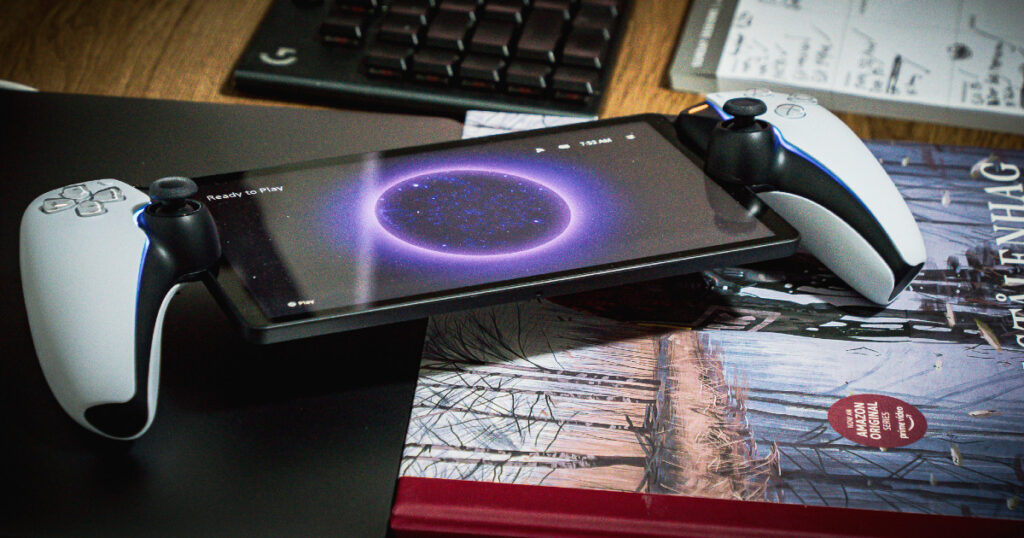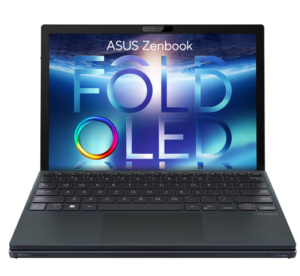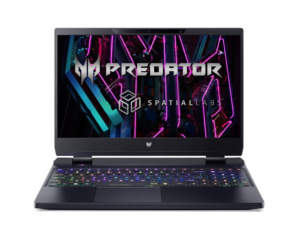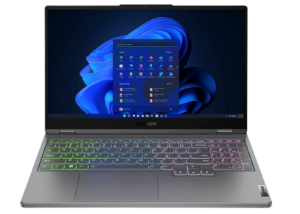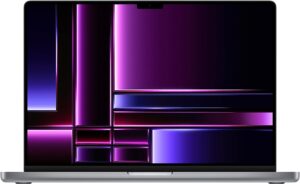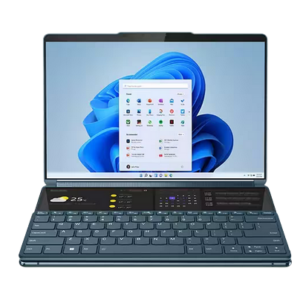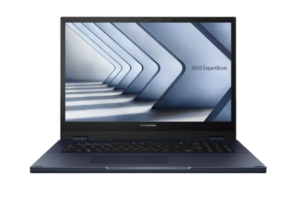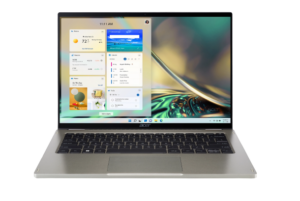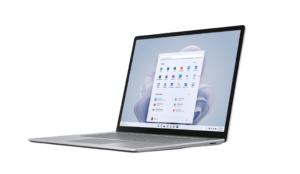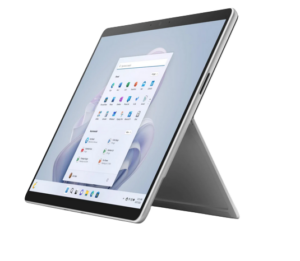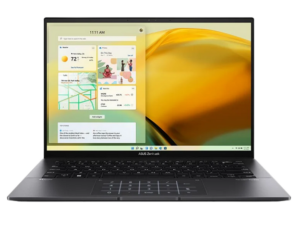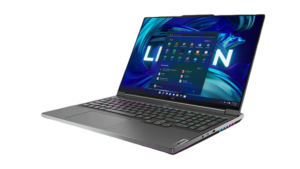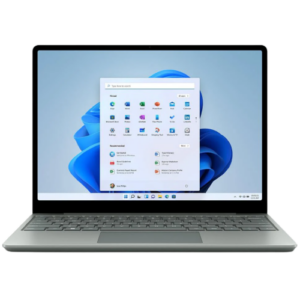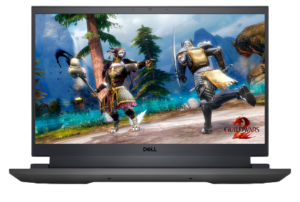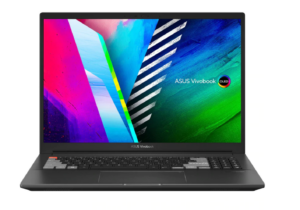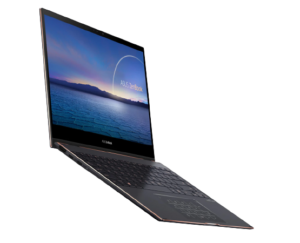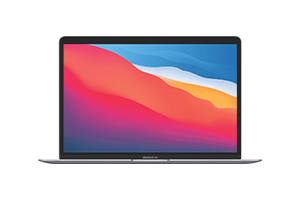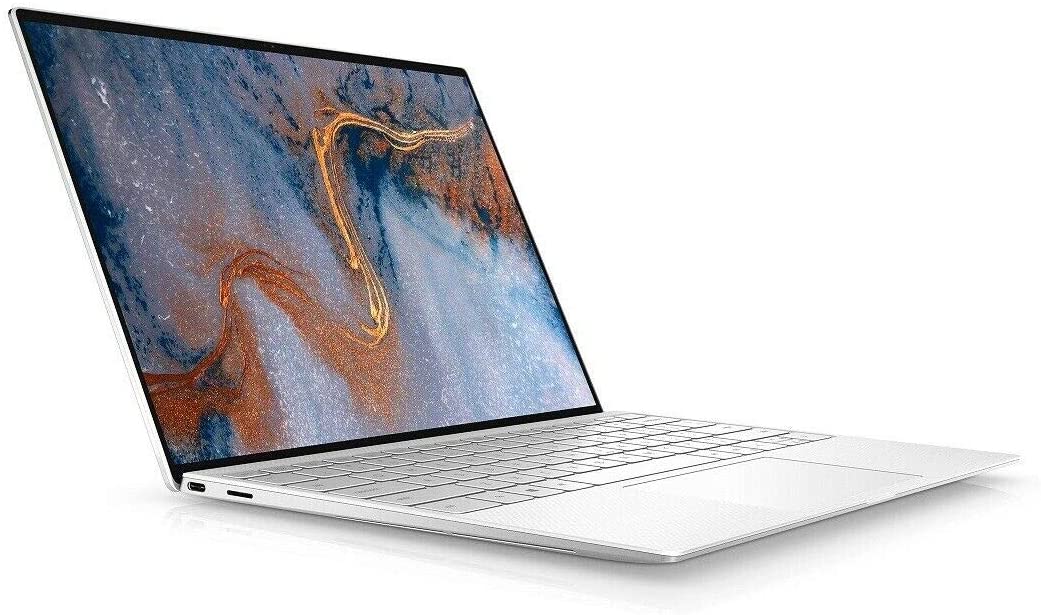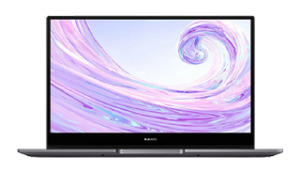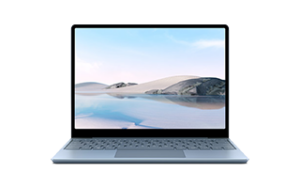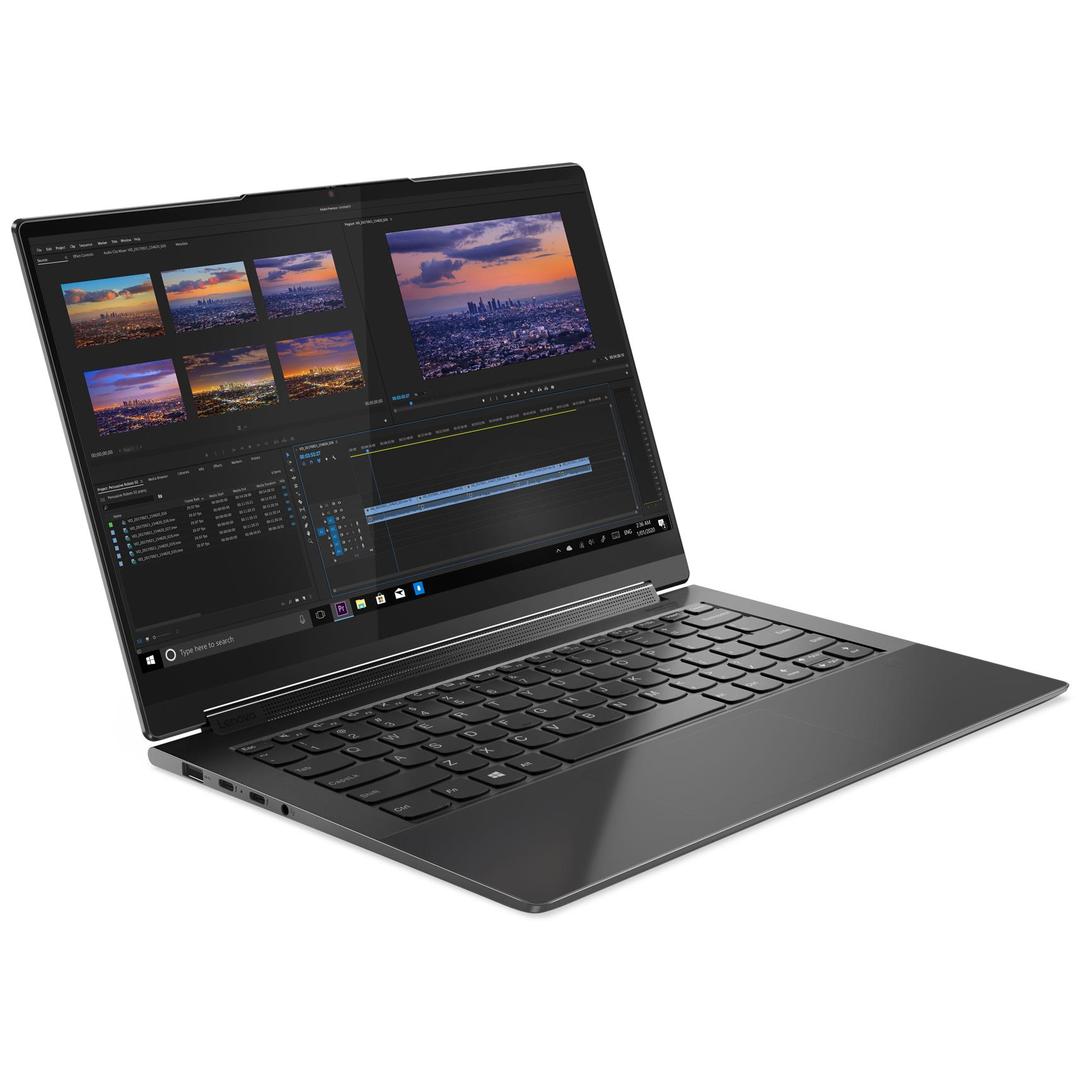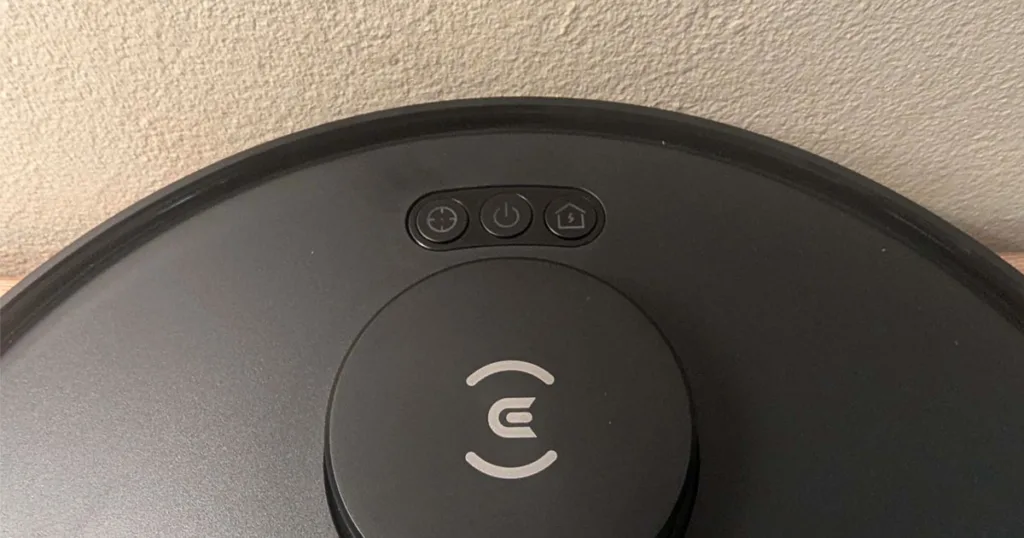The laptop of tomorrow is a hard sell.
The ASUS Zenbook 17 Fold OLED is an expensive taste of the future
ASUS' latest lot of OLED-laced laptop PCs all look great in action, but only one looked so cool it made me legitimately mad.
My initial encounter with ASUS Zenbook 17 Fold OLED was the first time I found myself thinking about the utility of foldable PCs rather than just the novelty factor. This is far from the first laptop to support multiple screen orientations (tent mode, anyone?), but it feels like the first one where those alternative layouts actually feel like a possibility worth chasing.
That said, the cocktail of quirks and innovation here rarely offers an advantage commensurate with the cost involved. The ASUS Zenbook 17 Fold OLED delivers a portability-centric pitch that's worth getting excited about, but it doesn't do much when it comes to the details where the math just doesn't quite check out.
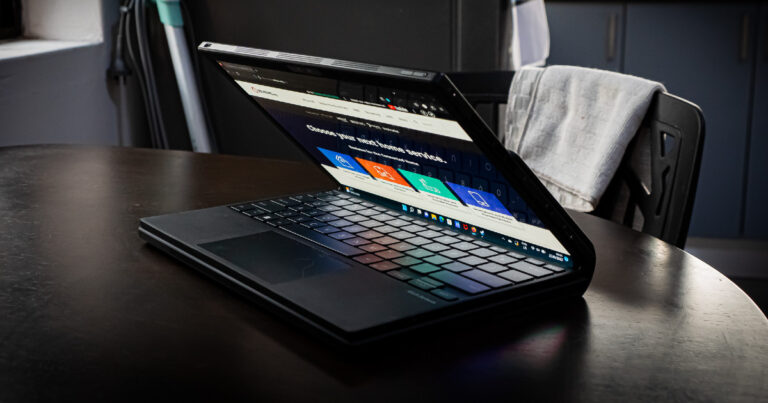
How much does ASUS Zenbook 17 Fold OLED cost in Australia?
In Australia, the ASUS Zenbook 17 Fold OLED has a recommended retail price of $6,999. That's expensive even compared to other premium laptops and well out of the reach of those looking to shop on a budget.
The reason for this is two-fold. You're paying a premium for the foldable screen, and you're paying one for an OLED screen. For a sense of just how big that surcharge is, consider the fact that a Dell Inspiron with this same processor, RAM, storage and 16-inch LCD screen can be easily found for less than $1500 nowadays.
Still, if you're heart is set on this particular big bendy screen, you can save a few bucks by going with the right retailer. Check out the table below for a round-up of Australian pricing for the ASUS Zenbook 17 Fold OLED.
Before you make a decision, be sure to read our recommendation for the specs.
ASUS Zenbook Fold 17 OLED - Design and features
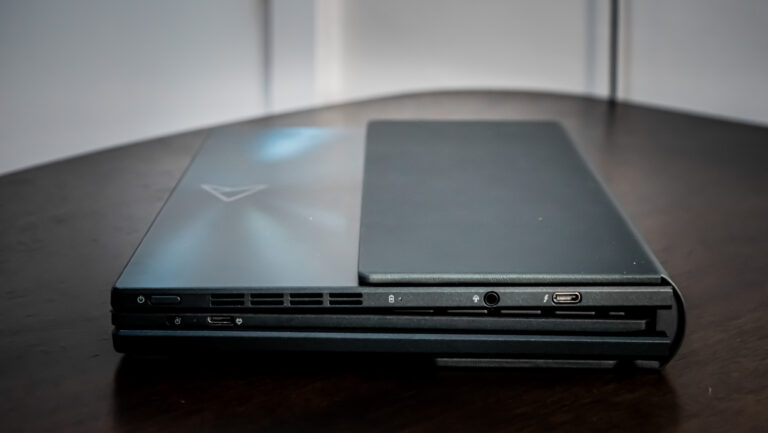
From the first impression to the fine details, what's here isn't all that dissimilar from what Lenovo is offering with the ThinkPad X1 Fold. As with that device, you could easily mistake the Zenbook 17 Fold OLED for a 12.5-inch ultrabook when it's folded or paired up with the pseudo-leather-wrapped keyboard that sits atop the lower half of the device.
Stripped bare of the accessories that give the flexible form factor here a firmer sense of structure, this new breed of productivity PC looks like a portable, albeit still outsized, monitor. The screen here is noticeably glossier than the alternatives, but it does tick a lot of the same boxes. If 100% DCI-P3 colour gamut accuracy and an ultra-low 0.2ms response time are something you hunger for, then the Zenbook 17 Fold OLED will give you plenty to chew on.
While older laptops and monitors tend to be built around an LCD-LED, TN or IPS display, more and more new models are opting to include an OLED one instead. Compared to a traditional LCD-LED screen, an OLED screen is geared to provide higher, sharper and better on-screen contrast. For enthusiasts and more professional users, an OLED screen can also be synonymous with better colour accuracy.
If your needs are more everyday, we’re pretty confident you could hold two otherwise identical laptops with different screens side-by-side and come away thinking more fondly about the one with an OLED screen, even if the difference between the mean display of either technology isn’t huge in a more universal or practical sense. Most things might look better on an OLED, but there's nothing that
The display is usually the headliner when it comes to laptops and, for obvious reasons, that's even more the case with the Zenbook 17 Fold OLED. Added up, the screen here is a whopping 17 inches in size. What's more, you've got more options than usual when it comes to how you can use all those pixels.
You can bend the screen 90 or so degrees and use it like a traditional laptop, with the lower half of the screen acting as a digital keyboard. You can slide in a Bluetooth keyboard and rely on that if you prefer something more tactile. You can even rotate the display sideways and use the kickstand for a desktop-style experience.
If nothing else, ASUS has succeeded at liberating the laptop from the constraints of any particular form factor. You can choose and change things up at your leisure and to suit the situation, which is a kind of freedom that almost no other laptop can match.
That said, having a screen this big and bendy will cost you when it comes to more than just the asking price.
There are few better examples of this than the meagre motley of ports that the Zenbook 17 Fold OLED brings to bear. Even by the standards of lean laptops, there's not much to work with here. You get two USB Type-C ports, a headphone jack and that's it. While you can always hook the Zenbook 17 Fold OLED up to a dock or dongle that gives you a few more to work with, it's still the kind of hard limitation you'll want to know and consider before you buy in.
The other big wildcard that looms large over any and all of the Zenbook Fold 17’s merits is the question of durability. Even in the best-case scenario, a display as flexible as the one found here will be that much easier to break and that much harder (and more expensive) to replace.
The Zenbook 17 Fold OLED isn't the only foldable device to be saddled with this uncertainty, but the thrills of the fun and innovative form factor are weighed down regardless. It still feels early enough that we probably won’t know how well a foldable screen like the one found here fares in the wild and over the long run until the warranty has well and truly run its course.
As someone who has bought a foldable phone and then had to bite the bullet of having it fall apart far sooner than expected, I don’t relish the thought of having to do the same with something that costs five times as much.
For what it's worth, ASUS claims that the hinge on the Zenbook 17 Fold OLED is good for around 30,000 folds. Assuming you're unfolding the device a good fifteen or so times a day, that should work out to around five years of usage.
Still, it should be said that ASUS are hedging their bets a little bit here. The bezels are thick and padded enough that I was rarely all that worried about the brusqueness of everyday usage. Unfortunately, that extra protection takes a toll on the slimness of the device. The Zenbook 17 Fold OLED can do things that other laptops can't, but it's also a lot thicker and heavier than most of the competition.
Graphics: You might be able to boost the capabilities of the Zenbook 17 Fold OLED by pairing it with an eGPU, but it is otherwise not possible to upgrade the Intel Iris Xe graphics inside the machine.
Storage: The baseline comes with 1TB of SSD storage. Like the graphics, this cannot be upgraded.
Memory: The baseline comes equipped with 16GB of LPDD4 RAM. As you might have suspected by this point in the info box, this too can't be upgraded.
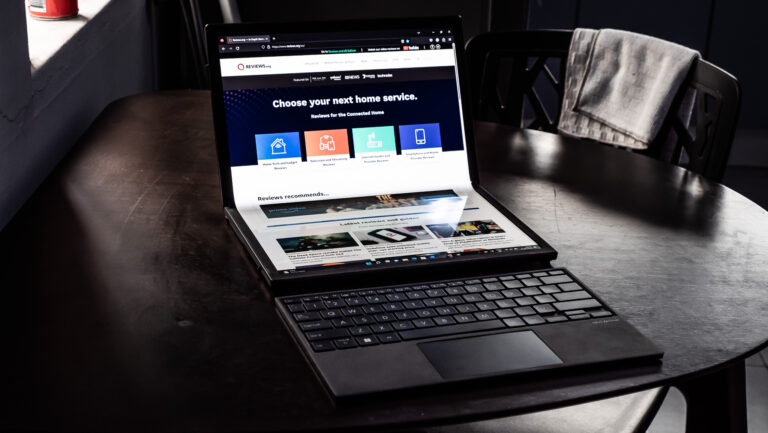
The flexibility found here is more than a neat trick. It serves to separate ASUS’ foldable Zenbook from the rest of the pack in a way that feels tangible and hard to match. It's difficult to put a number on the value and utility that the versatility of a foldable form factor provides. The same can't be said about the downsides. Though the screen is nice to look at and fun to bend, the rest of the Zenbook 17 Fold OLED can't help but come across as a little more mundane.
The Bluetooth keyboard is nice enough to type on but inevitably feels a little cramped after a while. The built-in speakers are loud enough but rarely impressive in their fidelity. The microphone and webcam here are crisp enough to get by but rarely good enough that you'd want to show them off. The placement of the latter can be a bit awkward and off-centre, depending on how you're using the machine.
While the OLED screen and foldable form factor make these sorts of inadequacies easier to live with than they would be otherwise, it's not hard to be tempted by the idea that something with a nicer keyboard or speakers could be found elsewhere and for a lot less.
If you buy a brand new version of this laptop, the box will include the following:
- Zenbook Fold 17 OLED
- Bluetooth keyboard
- Slip-case
- USB Type-C charger
ASUS Zenbook Fold 17 OLED - Performance and battery life
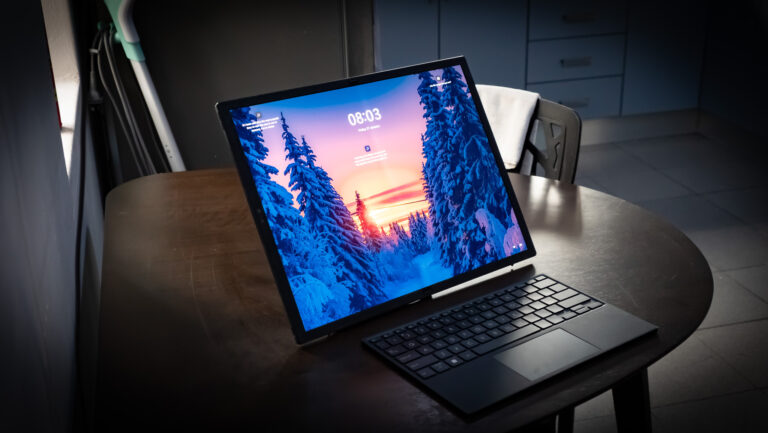
Simply put, the performance of the Zenbook 17 Fold OLED isn't the drawcard that the portability is. Under the hood, the foldable comes armed with an Intel Core i7-1250U (feat. Iris Xe graphics), 16GB of RAM, 1TB of SSD storage and a 75wHr battery.
On paper, the performance here is almost on par with the best you can find in Intel-based laptops right now. Still, given the arrival of a new year and Intel's 13th Gen Core processors, some of those specs aren't as current as they might have once seemed.
The parts that power the Zenbook 17 Fold aren't poor, but they are due to be succeeded in a matter of months rather than years. If you're the kind of consumer who is willing to pay the premium that comes with a foldable screen, then the story told by the spec sheet is probably still one with a happy ending. It's just not one that you'll want to shout from the rooftops about.
So long as you're not looking to do anything GPU intensive, we'd rank the performance here as Enthusiast. If that is the case, then the lack of a discrete GPU probably knocks the Zenbook 17 Fold OLED down a notch or two.
Essential processors should be able to handle the basics: email, social media and some light web browsing. Gaming or more advanced tasks like image and video editing are likely off the table.
Everyday processors should be able to confidently meet basic performance requirements for most people. Email, social media and web browsing shouldn’t be a hassle, and while they aren’t able to handle graphically-demanding AAA releases, they should be able to run some indie or casual games. This is typically where Chromebooks top out.
Enthusiast processors should be able to easily exceed the minimum requirements of most users and be powerful enough to handle some AAA gaming, though not at the highest fidelity. That usually excludes most ARM processors.
Extreme processors should be able to do anything you can think of. Games should run at high frame rates on the highest possible settings, and multitasking shouldn’t be limited in any significant way.
When it comes to everyday use, the Zenbook 17 Fold OLED was just as snappy and responsive as every other 12th Gen Intel Core i7 laptop I've reviewed to date.
However, benchmarked against a number of other laptops that Reviews.org reviewed in 2022 (including the Surface Laptop 5, Acer Swift 5 and ASUS Zenbook 14 OLED), the foldable fared better on some fronts than others.
The ASUS Zenbook 17 Fold OLED came close to topping the list when it came to single-core performance across both Cinebench and Geekbench. In contrast, it struggled to keep up when it came to multi-core oriented and compute tests.
For the purposes of this review, I even gave gaming a shot on the ASUS Zenbook 17 Fold OLED. The results were mixed, though not surprising. Absent a discrete GPU, the only titles that proved even remotely playable were less-demanding indie releases and digital card games like Gwent and Legends of Runeterra.
As for battery performance goes, I didn't have any issues with using the Zenbook 17 Fold OLED as our daily driver. Power consumption varied based on the form factor we used the most, but usually did a decent job of getting through an ordinary workday.
Drained from 100% to 0% using video streaming over WiFi, the foldable lasted 7 hours and 11 minutes. That's nowhere near what a machine like the current MacBook Air can do, but it's somewhat understandable given the extra flexibility you're getting with this form factor and the size of that OLED screen.
Laptop batteries are typically measured in watt-hours (Whr), this unit measures how much power is expended per hour. The more Whr a laptop battery has, the longer the battery life is on paper. However, raw size isn’t everything. It’s not uncommon to find two laptops with the same amount of Whr and very different battery life. There are plenty of other factors that can affect battery life, from software optimisation to how the display has been calibrated.
It’s also worth noting that batteries can only go so big. Most airlines won’t allow you to take any device with a battery larger than 100Whr onboard, so most manufacturers treat that as an unofficial size limit.
ASUS Zenbook Fold 17 OLED versus Lenovo ThinkPad Fold X1
If you're intrigued by what the ASUS Zenbook Fold 17 OLED has to offer and curious about what else is out there, you'll find at least one alternative through Lenovo.
The latest Lenovo ThinkPad Fold X1 is the company's second stab at making a mainstream foldable laptop. While it's pretty comparable to ASUS' machine when it the broad strokes, there are a few details that potential buyers of either PC will want to keep in mind.
The first of these is that the ThinkPad Fold X1 has a slightly smaller display, at 16.3 inches. Another area where ASUS' machine has the advantage is battery life. The ThinkPad X1 Fold has a 48Wh battery, which is significantly smaller than the 75wh one found in the Zenbook.
On the other hand, there are a few other fronts where Lenovo have the edge. For instance, the ThinkPad X1 Fold supports up to 32GB in DDR5 memory while the Zenbook 17 Fold OLED caps out at half that.
The ThinkPad X1 Fold also supports 5G and promises to reap the benefits of being a second-generation product when it comes to factors like durability and ergonomics. We haven't had the chance to review the latter device for ourselves just yet, but a few other reviewers have claimed that the machine features a noticeably less visible crease when it comes to its main display.
There are few things more annoying than buying a brand new laptop and discovering it has a bunch of annoying bloatware installed out of the box. Here's what the software situation for the ASUS Zenbook 17 Fold OLED looks like once you've set it up for the first time.
- MyASUS
- Spotify
- Dolby Access
- ScreenXpert
- McAfee LiveSafe
- GlideX
- Etc
Is the ASUS Zenbook Fold 17 OLED worth buying?
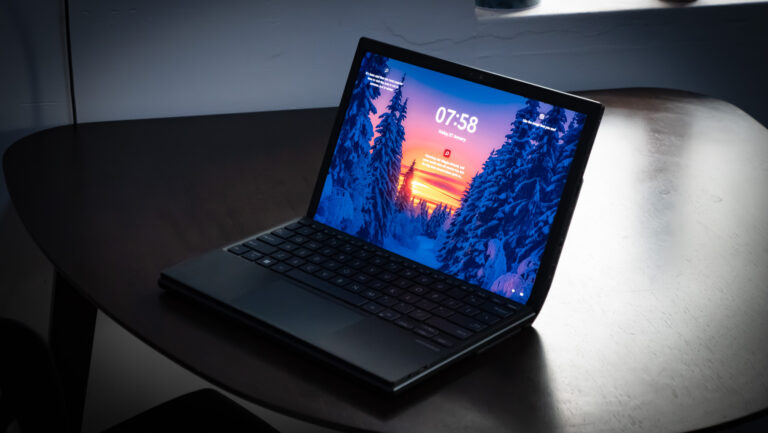
The ASUS Zenbook 17 Fold OLED is fun to use and easy to like, but it rarely escapes the expectations that being foldable (and having a price this steep) thrusts upon it.
The performance is good, but it's what you'd expect. The benefits of the 2-in-1 form factor are compelling, but they come with the usual question marks around durability. The price is hard to ignore, but it's not exactly a surprise for this kind of cutting-edge tech. It's a laptop that nobody quite needs, but it's one that most people will probably be game to gamble on the first time they encounter it in the wild. I know I was. At least, until I saw the price.
I can write a thousand more words about the freedom and flexibility that this unique hybrid PC offers, but the only thing that you really need to know to tell whether this is for you is the number below.
$6,999.
How we review laptops
Whether you're looking at a mainstream computer brand like Dell or a dedicated gaming brand like MSI, there's an immense number of decisions you'll need to make when purchasing a laptop. If you're not sure where to start, here are a few important features to consider when shopping for your next laptop:
- Screen size and type: Unlike upgradeable components like your GPU, RAM and storage, you're stuck with the display you buy when you purchase a laptop. Is it a comfortable size? Does it offer a wide-viewing angle?
- Resolution: Similarly, you can't change your display's resolution after the fact. 1080p (Full HD) is the bare minimum these days and most laptops worth their price tag aim for 1440p at least (QHD or QuadHD) but you can also opt for 4K if you're willing to spend a little extra.
- Refresh rate: A screen's refresh rate is the measurement of how frequently it changes. If you play fast-paced multiplayer games like Call of Duty, you know that the difference a few milliseconds that a high refresh rate gets you can count for a lot. The higher the refresh rate, the better. Most conventional laptops offer 60Hz to 90Hz but fancier gaming laptops can offer 144Hz, 165Hz or even 240Hz screens.
- Ports and connections: Like your screen, ports will impact your everyday experience with a laptop, particularly if you use it for work. While you can work around this with USB hubs and adapters, a laptop with fewer ports than you need can quickly become a headache.
- Future-proofing: There are no hard and fast rules here but as a general suggestion, you'll want to sure you're laptop has the legs to survive a few years of technology improvements in any way you can. You can overshoot on your desired specs, spending more on a machine that's more powerful than you currently need, or opt for a model or brand that has support for upgrades down the track. Check which features of the machine are upgradeable. The Dell XPS 15, for example, supports additional RAM, while Apple MacBooks do not.
Check out our dedicated laptop buying guide for more suggestions on shopping for the best laptop for your needs or this more in-depth guide on how we review laptops.
ASUS Zenbook Fold 17 OLED FAQ
16GB is a good place to start when it comes to RAM, but it's not necessarily going to be the end of the road if your needs are more demanding. It's enough to get by, but it might not be enough for the future or for more performance-oriented users.
If your next laptop doesn't support upgrading your RAM later down the line, it's usually smart to overshoot and aim for 32GB of RAM instead.
Not all RAM is born equal. Size isn't everything. Speed also matters.
If you're looking to find out just how fast the RAM in your laptop is, the quickest way to do so is to identify the type of memory and then Google the standard expected speeds that it should offer. For example, LPDDR5 offers speeds of up to 6400Mbps while DDR4 memory can only rev up to 3200Mbps.
If you want to go one step further and determine whether the RAM in your laptop is delivering the speeds it should be capable of offering, then it might be worth putting the hardware to the test with a benchmarking tool like Novabench.
It's easy to spend too much or too little on your next laptop, but our take is that the best value laptops tend to sit between $1600 and $2200 in terms of price. PCs that occupy this price-point might not be able to outperform more expensive alternatives, but the bump up in quality over cheaper ones is well worth the cost involved.
Simply put, laptops of this price segment tend to sidestep all the compromises of going cheaper while getting most of the performance you'll get from spending more.
These days, there are three types of Intel Core processors found in laptops. The first is the humble Intel Core i5 processor, then there's the middle-of-the-range Intel Core i7 and the poweruser-oriented Intel Core i9.
If you're going purely by the numbers, the Intel Core i9 is going to provide the best results. However, it's also the most demanding in terms of thermal management. A laptop running an Intel Core i9 processor will be faster than one with an Intel Core i7 or Core i5, but it'll also run hotter.
If you're an everyday or more casual user, an Intel Core i5 is probably going to be fast enough for you. If you're more discerning or planning to play a lot of games, then the up-sell to an Intel Core i7 probably makes sense.
While there's no single component responsible when it comes to laptop speed, the part that usually takes the credit is the processor. If you want your next laptop to be a fast one, you'll want to make sure it has a good processor in it.
As with desktop PCs, the processor is only part of the picture however. If your laptop lacks enough RAM or relies on a slower hard drive for file storage, that'll act as a bottleneck on the performance of the machine as a whole.
Related Articles

